Description
The Series 7 designed by Arne Jacobsen is by far the most sold chair in the history of Fritz Hansen and perhaps also in furniture history. The pressure moulded veneer chair is a further development of the classic Ant chair. Series 7 comes in different veneers and finishes. Front upholstery or full upholstery is available in a wide range of fabrics and leather types.
Material & Feature:
- Structure: pressure molded sliced veneer with natural oak or walnut finish
- Polished #304 grade stainless steel with chrome finish
- All materials are fire-retardant & non-toxic (Baby friendly)
About the Designer: Arne Jacobsen
Arne Jacobsen bought a plywood chair designed by Charles Eames and installed it in his own studio, where it inspired one of the most commercially successful chair models in design history. The three-legged Ant Chair (1951) sold in the millions and is considered a classic today. It consists of two simple elements: tubular steel legs and a springy seat and back formed out of a continuous piece of plywood in a range of vivid colors.
Jacobsen began training as a mason before studying at the Royal Danish Academy of Fine Arts in Copenhagen, where he won a silver medal for a chair that was then exhibited at the 1925 Exposition Internationale des Arts Decoratifs in Paris. Influenced by Le Corbusier, Gunnar Asplund and Ludwig Mies van der Rohe, Jacobsen embraced a functionalist approach from the outset. He was among the first to introduce modernist ideas to Denmark and create industrial furniture that built on the country’s craft-based design heritage.
First among Jacobsen’s important architectural commissions was the Bellavista housing project in Copenhagen (1930-1934). His best-known and most fully integrated works are the SAS Air Terminal and the Royal Hotel Copenhagen, for which Jacobsen designed every detail, from sculptural furnishings such as his elegant Swan and Egg Chairs (1957-1958) to textiles, lighting, ashtrays and cutlery.
During the 1960s, Jacobsen’s most important work was a unified architectural and interior design scheme for St. Catherine’s College, Oxford, which, like his earlier work for the Royal Hotel, involved the design of site-specific furniture. Jacobsen’s work remains appealing and fresh today, combining free-form sculptural shapes with the traditional attributes of Scandinavian design, material and structural integrity.
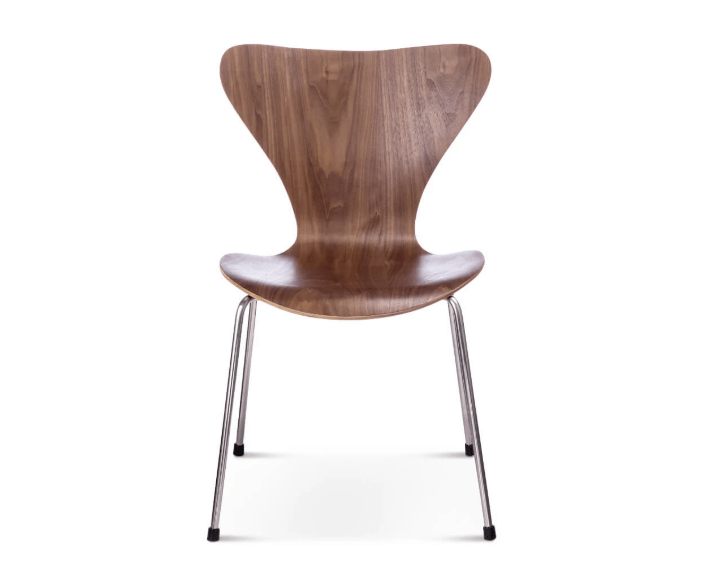
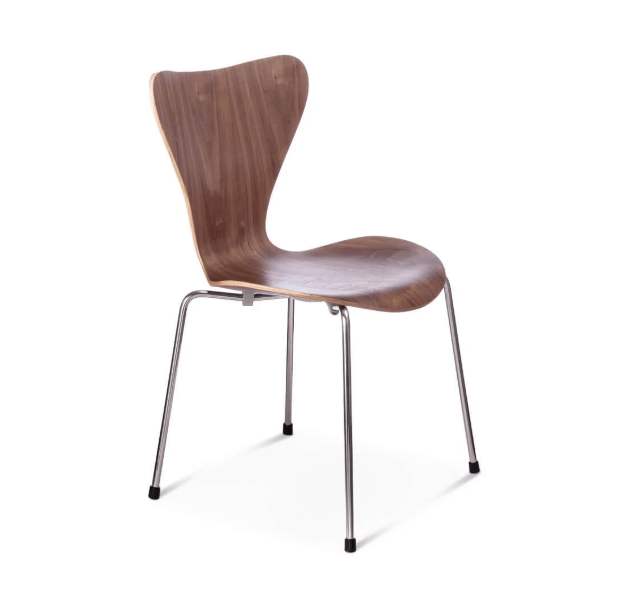

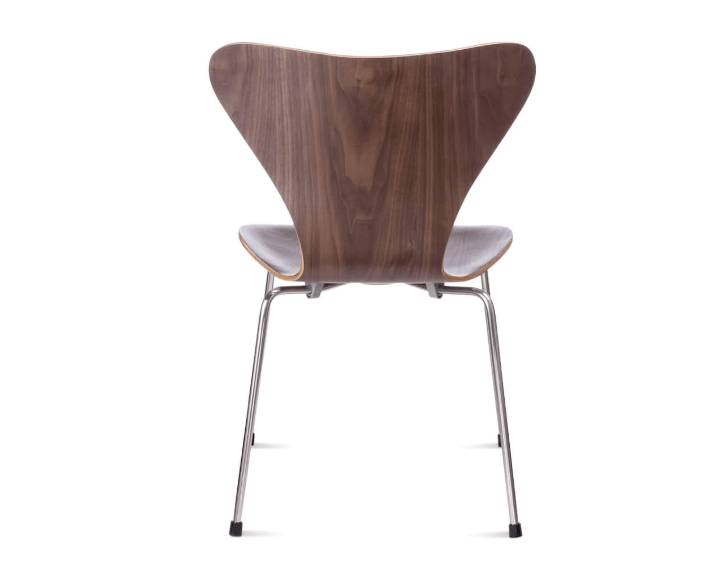
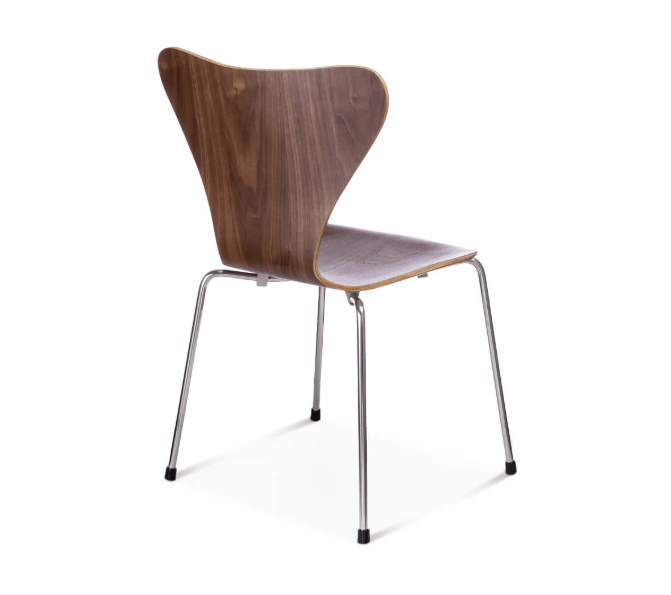
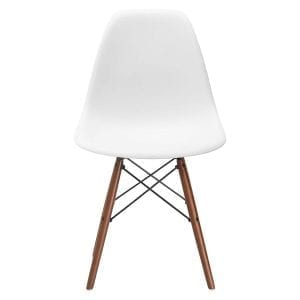
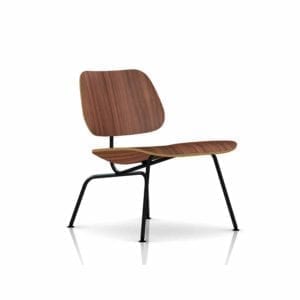
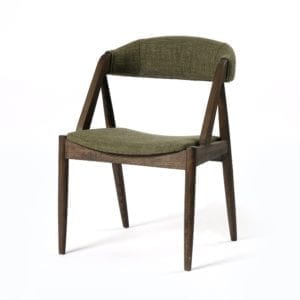
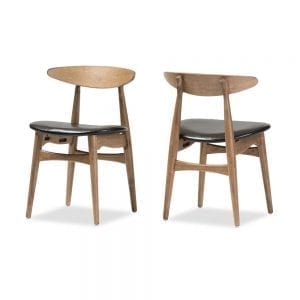



Reviews
There are no reviews yet.